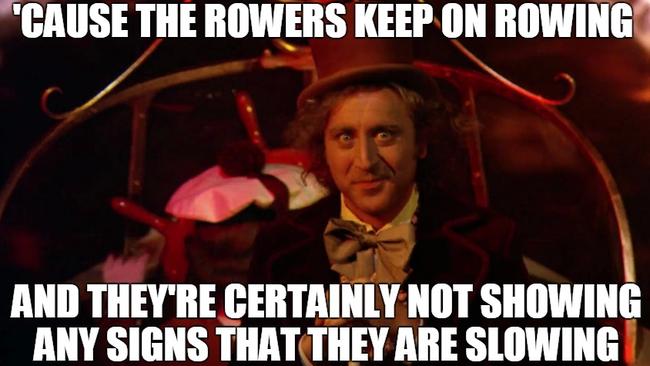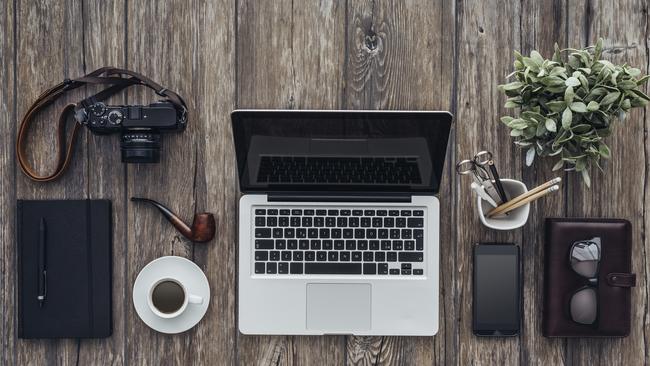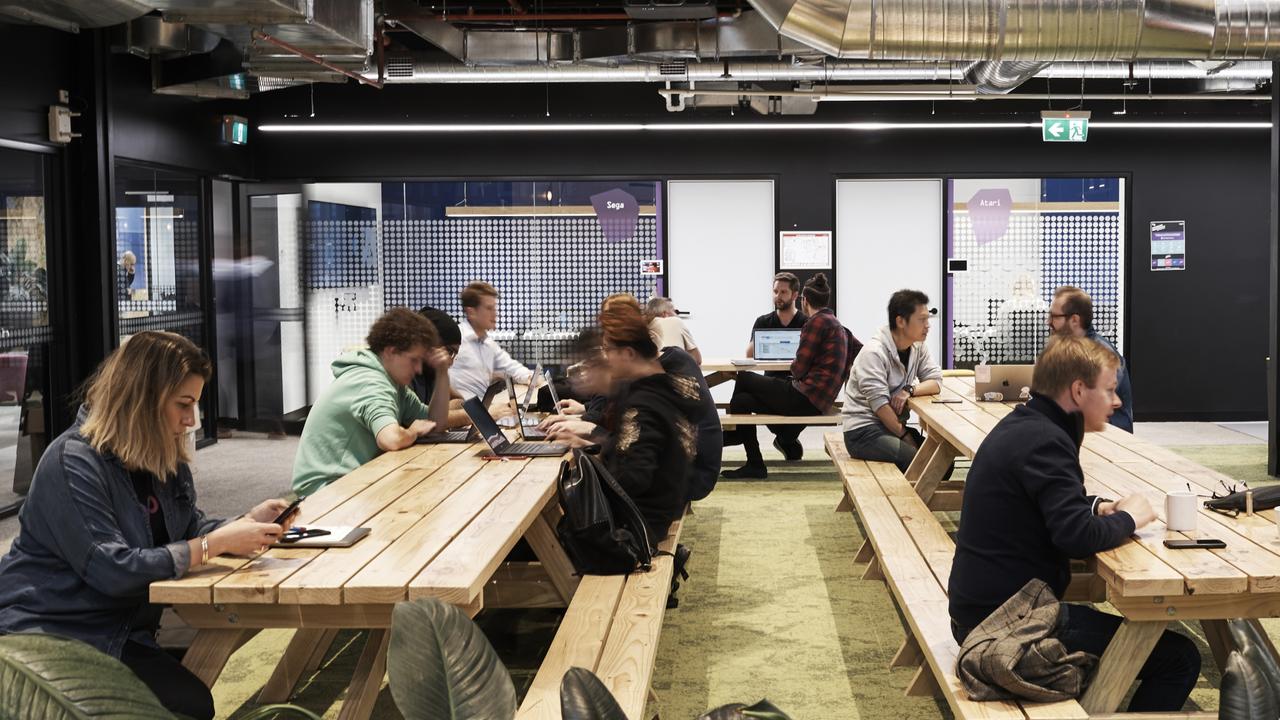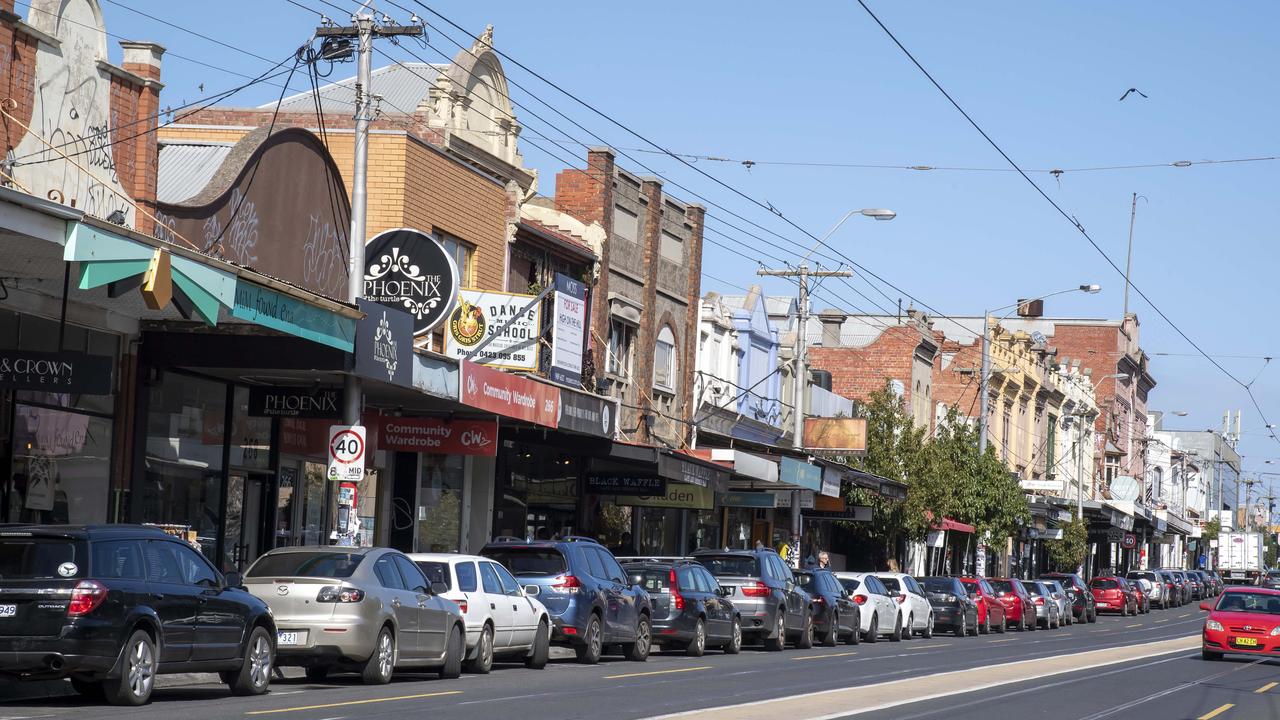Australia’s creative economy: Is freelance the way of the future
WITH 4.1 million Aussies choosing freelance over full-time, the 38-hour work week might be a thing of the past.

Future Victoria
Don't miss out on the headlines from Future Victoria. Followed categories will be added to My News.
FREELANCE has long been regarded as a dirty word. For years, the very idea of flying solo has struck fear into the minds of nine-to-five professionals, for whom survival is dependent on a full-time income and four weeks of annual forced-leave-at-Christmas benefits.
But technology-fuelled digital disruption is starting to change the shape of the Australian workforce. The peer-to-peer (or sharing) economy — though still in its relative infancy — is one the fastest-growing models of employment across the globe and, thanks to P2P pioneers the likes of Upwork, Freelancer and Airtasker, Australians are increasingly joining the freelance revolution.
MORE FUTURE MELBOURE
BUILD-TO-RENT SCHEMES COULD HELP AFFORDABILITY
HOW OUR FAMILIES WILL CHANGE IN 2029
WOMEN CONTRIBUTE MOST TO UNPAID ECONOMY
A recent study by online jobs marketplace Upwork found that an estimated 4.1 million Aussies — or one third of the workforce — are now eschewing job security and superannuation contributions in favour of throwing off the bowlines and sailing away from the salaried harbour. There are even 746,000 people in regular jobs who moonlight as freelancers to earn extra cash on the side. And two in five of them have considered the idea of freelancing full-time.
This represents an increase of more than 370,000 freelancers; a seismic shift for a workforce segment that, barely a decade ago, didn’t even exist.
And the freelance economy, it seems, is proving a lucrative one.
Upwork’s study revealed that just over half (51 per cent) of people who left traditional employment now earn more and, of those, 69 per cent said they topped their previous income within a year. What’s more, 58 per cent said they would not quit freelancing to return to a traditional job with an employer, no matter how much it paid.
Even more telling is that the majority of workers (57 per cent) who started freelancing did so not out of necessity, but by choice, with flexibility, freedom and improved work/life balance luring them from the rigid confines of the 38-hour work week.
The employment market of today is markedly different from that of the past, with a high reliance on technology and the internet, Dr Stefan Hajkowicz writes in the CSIRO report Tomorrow’s Digitally Enabled Workforce.
“Jobs of the future are likely to be more flexible, agile, networked and connected.” the report says. “Companies may opt for staffing models which include a smaller number of core staff, with many other roles provided by the freelancer or portfolio worker community.”
This begs the question: Is freelance the way of the future?

According to Hajkowicz’ report, with the peer-to-peer market increasingly gaining momentum — as evidenced by the explosion of platforms such as Uber, AirBnB, Etsy and RateSetter — the growth and popularity of the freelancer workforce shows little sign of slowing.
“Sites such as Upwork, Kaggle, InnoCentive and Freelancer allow both employers and potential employees to advertise employment opportunities, promote themselves and access job markets that otherwise would not be readily accessible,” it says. “The P2P market allows people to offer a great range of services, and means that even minor tasks can be efficiently outsourced to the market, both during and outside of regular business hours.”

Though availability of work and income stability have traditionally been barriers to entry when it comes to the freelance workforce, advances in technology are rapidly changing this dynamic. Increasing numbers of freelancers are obtaining work online, with 68 per cent believing technology has made it easier to find work. So confident are they in the future of freelancing that nine in 10 would even consider freelancing after they have retired to earn additional income.
Millennials are the most optimistic about the future of the freelance market, with 75 per cent even likely to recommend freelancing to friends and family. It comes as no surprise, then, that more millennials (42 per cent) freelance than any other age group.
Though flying solo might seem like the easy option, the freelance economy does not equal an unskilled economy, with freelancers more educated than the average worker.
So, where are the jobs going to be in the future?
According to the Department of Employment, these are the occupations with the largest numbers of new jobs expected by 2020:
General Sales Assistants (up by 65,800)
Registered Nurses (51,400)
Aged and Disabled Carers (43,000)
Child Carers (39,000)
Accountants (31,100)
Electricians (26,000)
General Clerks (22,400)
Contract, Programme and Project Administrators (20,400)
Chefs (19,200)
Waiters (19,000)



